The ancient Mayan civilization has long captivated historians and archaeologists with its advanced knowledge and mysterious ways of life. From their impressive architectural feats to their complex calendar system, the Maya left behind a rich legacy that continues to reveal new insights. Recent discoveries have shed even more light on this remarkable civilization, offering a deeper understanding of their culture, achievements, and lasting impact on history.
The Maya Calendar System
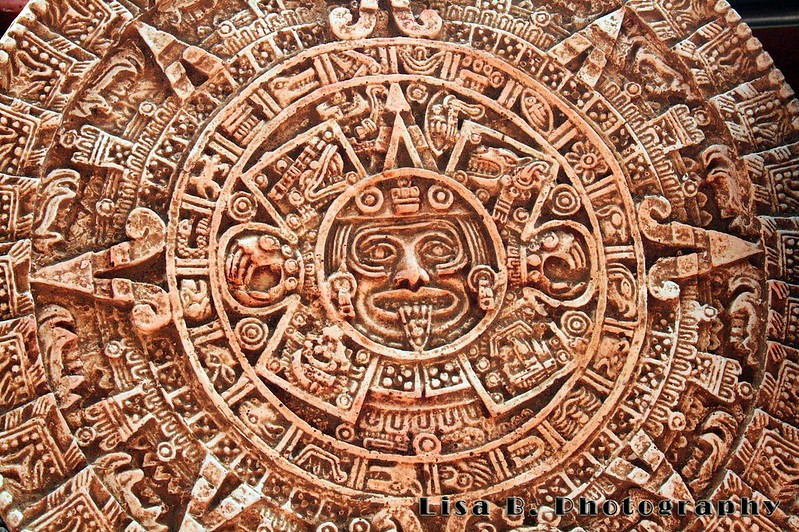
One of the most renowned discoveries about the Maya is their highly complex calendar system. The Maya developed two interlocking calendars: the Haab, a 365-day solar calendar, and the Tzolk’in, a 260-day ceremonial calendar. Together, they formed the Calendar Round, used to track both agricultural cycles and religious events. The precision of their timekeeping, particularly their Long Count Calendar, which was used to mark historical events across millennia, demonstrates their advanced understanding of astronomy and mathematics.
Maya Writing System
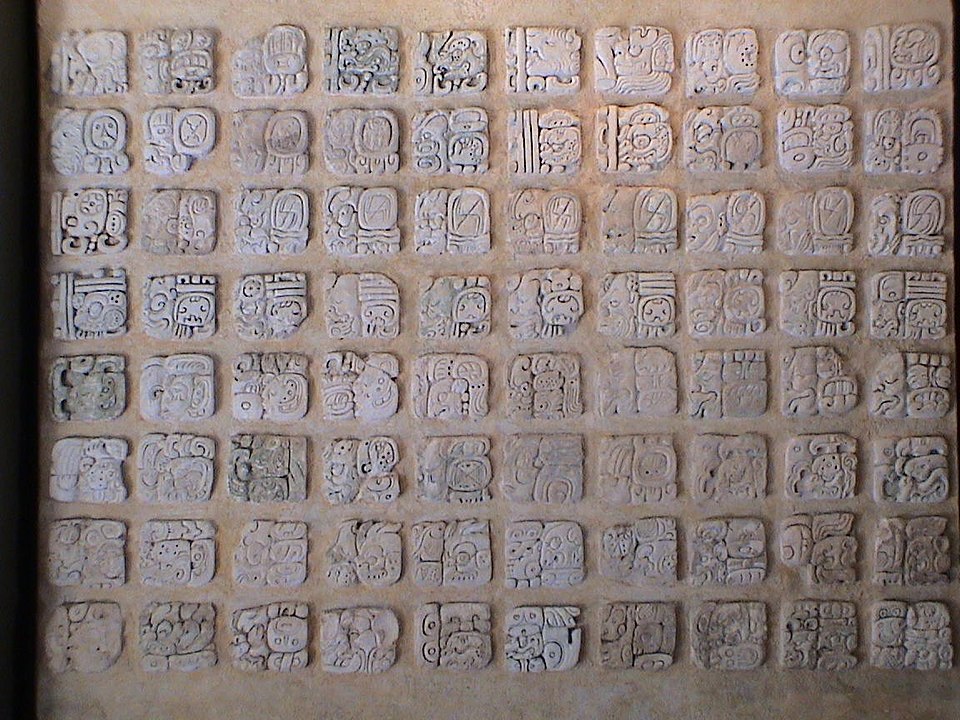
The Mayan civilization had one of the most sophisticated writing systems in pre-Columbian America, using hieroglyphs. This system, known as the logosyllabic script, combined logograms (symbols representing words) and syllabic signs (representing sounds). Hundreds of glyphs have been discovered, many of which record historical events, royal genealogies, and religious texts. The deciphering of Mayan glyphs has unlocked extensive knowledge about their culture, politics, and beliefs.
Chichén Itzá’s Temple of Kukulkan
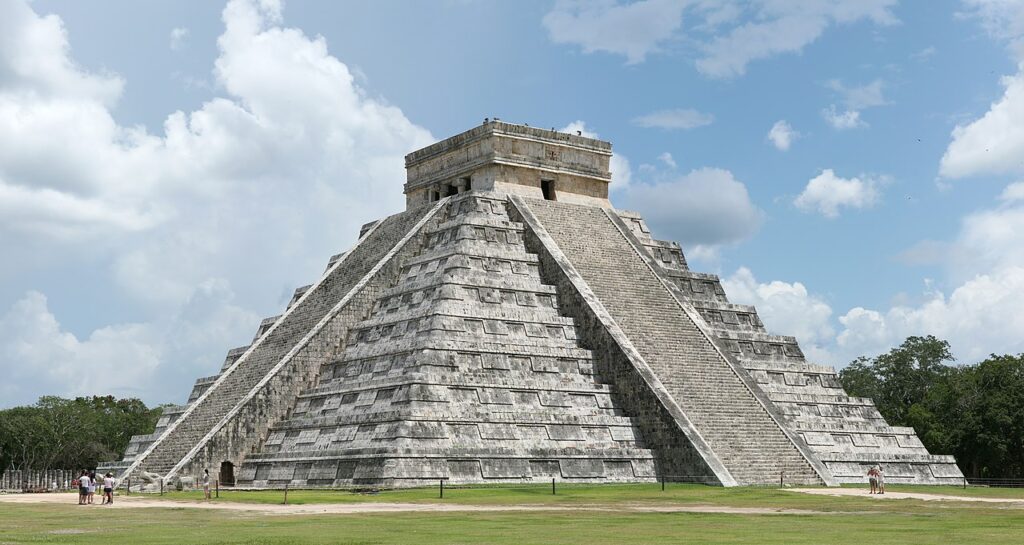
The Temple of Kukulkan at Chichén Itzá is an architectural marvel, known for its astronomical alignment. Twice a year during the spring and autumn equinoxes, the sun casts a shadow on the pyramid’s steps, creating the illusion of a serpent slithering down the structure. This phenomenon highlights the Maya’s advanced understanding of celestial movements and their ability to integrate this knowledge into monumental structures.
Maya Ball Courts
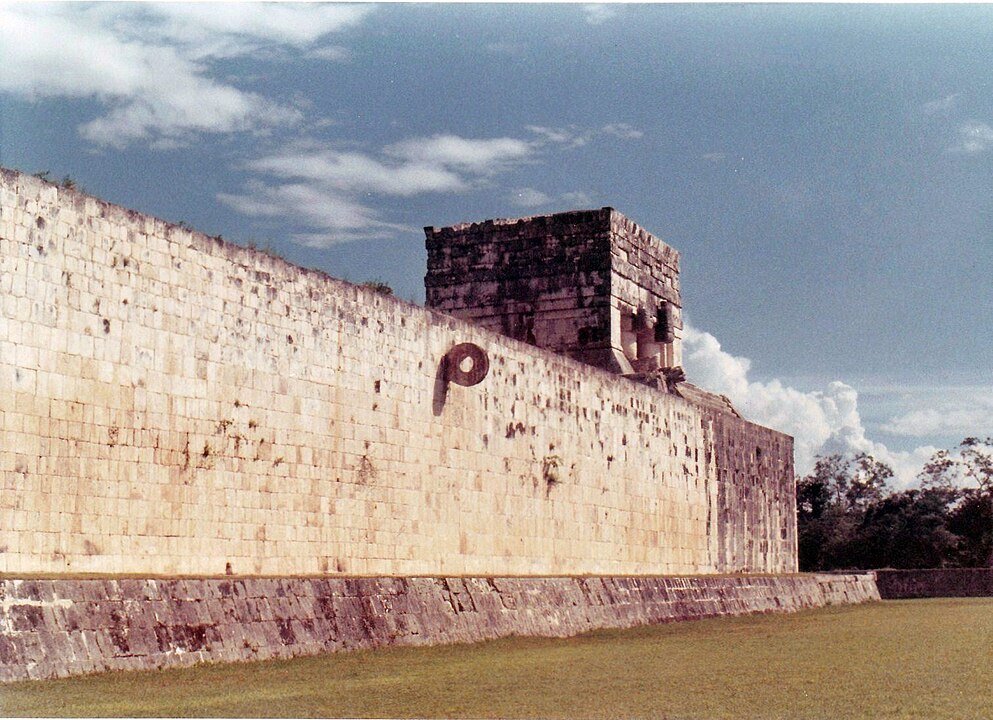
Maya ball games were not only a form of entertainment but held deep religious and political significance. Archaeologists have uncovered several ball courts, such as those in Copán and Chichén Itzá, which were used for the Mesoamerican ballgame. The game was often associated with cosmic events, fertility, and the cycle of life and death. The ball court discoveries suggest that these games were sometimes linked to human sacrifices, adding a layer of ritualistic importance.
The “Dresden Codex”
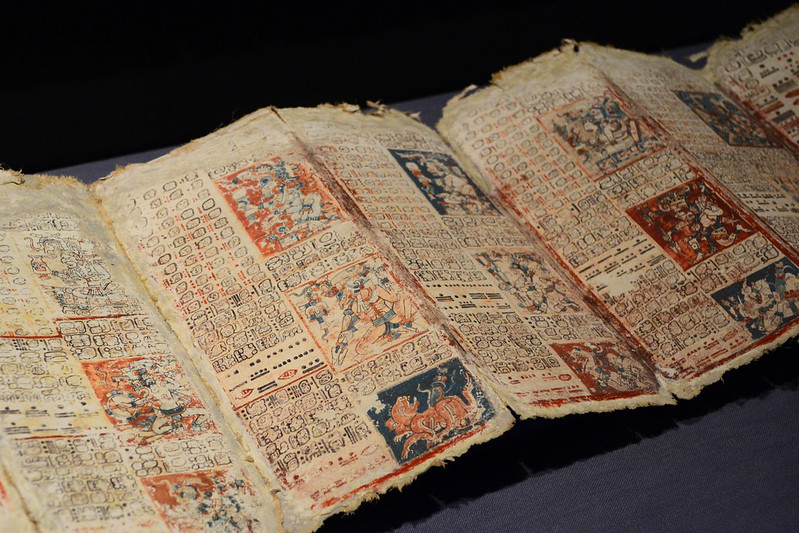
The Dresden Codex is one of the four surviving Mayan codices, offering a window into their astronomical knowledge and rituals. The codex contains detailed observations of the planets, especially Venus, and predictions of solar and lunar eclipses. These calculations, spanning hundreds of years, demonstrate the Maya’s ability to accurately chart celestial phenomena, which played a central role in their religious and agricultural practices.
Discovery of Palenque
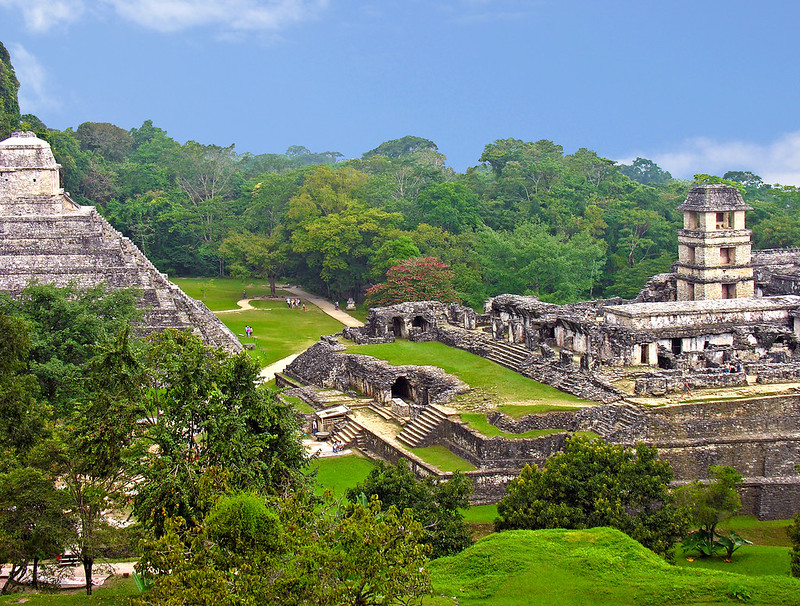
The discovery of Palenque, a significant Maya city in modern-day Mexico, revealed some of the most exquisite Mayan architecture and sculptures. The Temple of Inscriptions, in particular, held the tomb of the Maya ruler Pakal the Great. His sarcophagus lid and the accompanying inscriptions have provided crucial insights into Maya funerary practices and royal iconography, depicting scenes of Pakal’s journey to the afterlife.
Water Filtration Systems
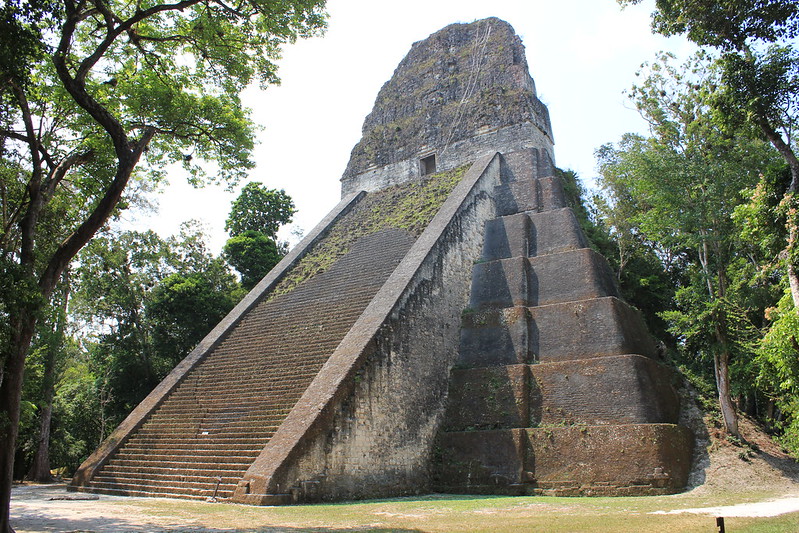
Recent excavations at the Maya city of Tikal uncovered evidence of an ancient water filtration system, using materials like quartz and zeolite to purify water. This system, dating back more than 2,000 years, highlights the Maya’s ingenuity in managing resources and ensuring clean water in urban areas. It stands as one of the earliest known examples of water filtration technology in the world.
Maya Agricultural Techniques
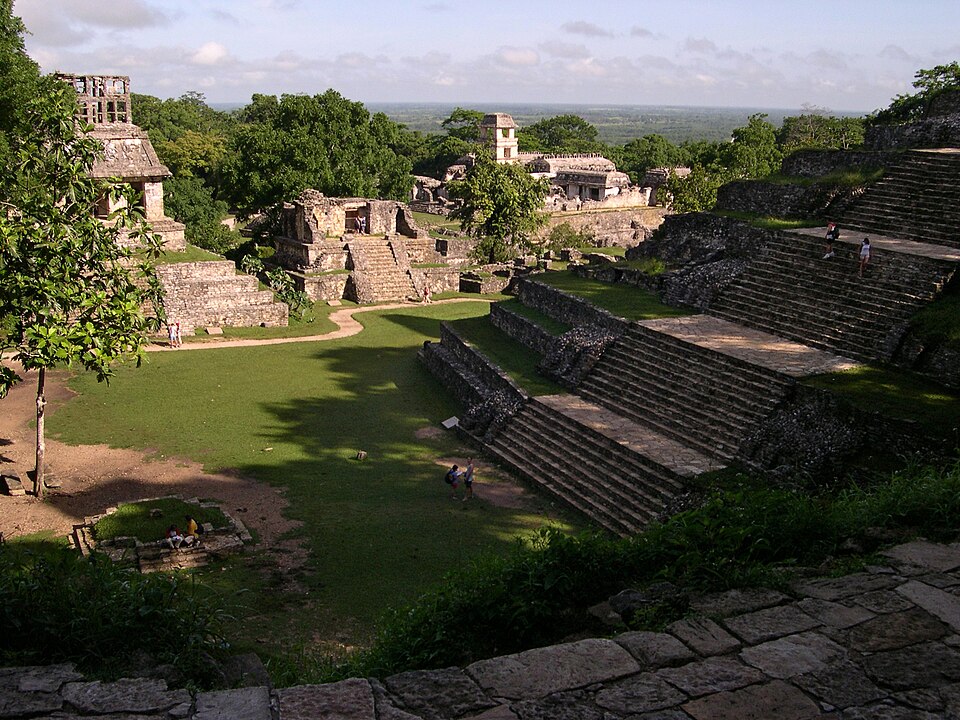
The Maya were adept at adapting to diverse environments, using sophisticated agricultural techniques such as terracing, raised fields, and slash-and-burn farming. These methods allowed them to thrive in areas with poor soil quality. Recent discoveries of “Maya gardens” have revealed an intricate understanding of local ecosystems and sustainable agriculture practices, which supported large populations for centuries.
Tomb of the Red Queen
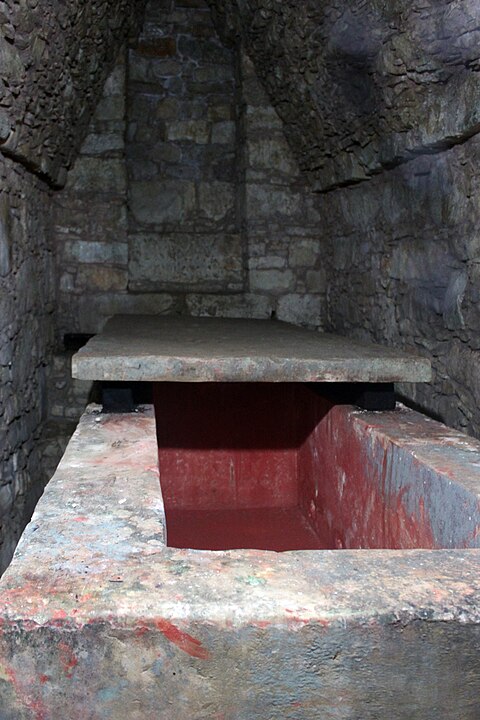
In the ruins of Palenque, archaeologists discovered the tomb of a female ruler, dubbed the Red Queen due to the red cinnabar powder covering her remains. This discovery is significant because it sheds light on the role of elite women in Maya society. The lavish grave goods and the grandeur of her tomb suggest that women held significant power and influence in certain Maya city-states.
Maya Astronomy Observatories
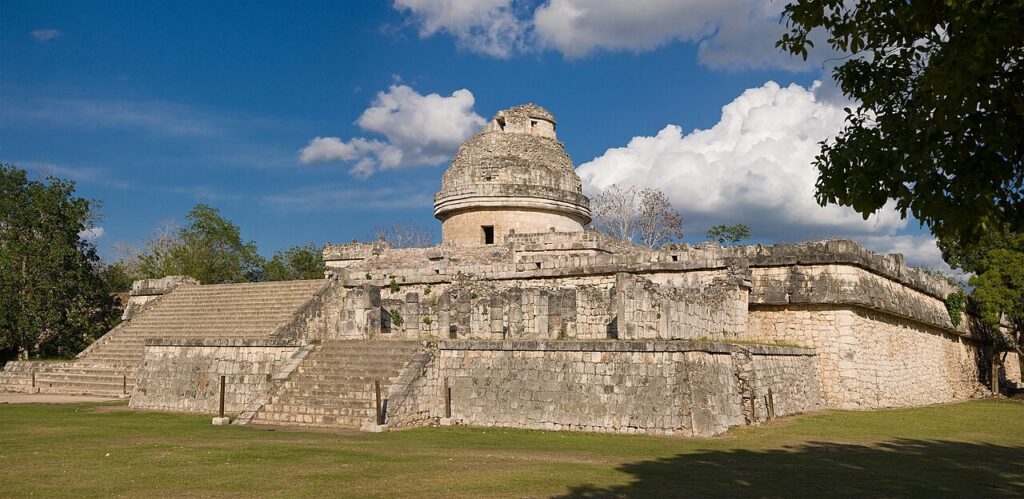
The Maya were expert astronomers, and the discovery of structures like the Caracol observatory in Chichén Itzá reveals their dedication to studying the stars. These observatories were aligned with key celestial events, such as the movements of the sun, moon, and Venus. The Maya’s detailed astronomical records allowed them to create complex calendars and make predictions about solar eclipses and planetary cycles.
The Maya Collapse
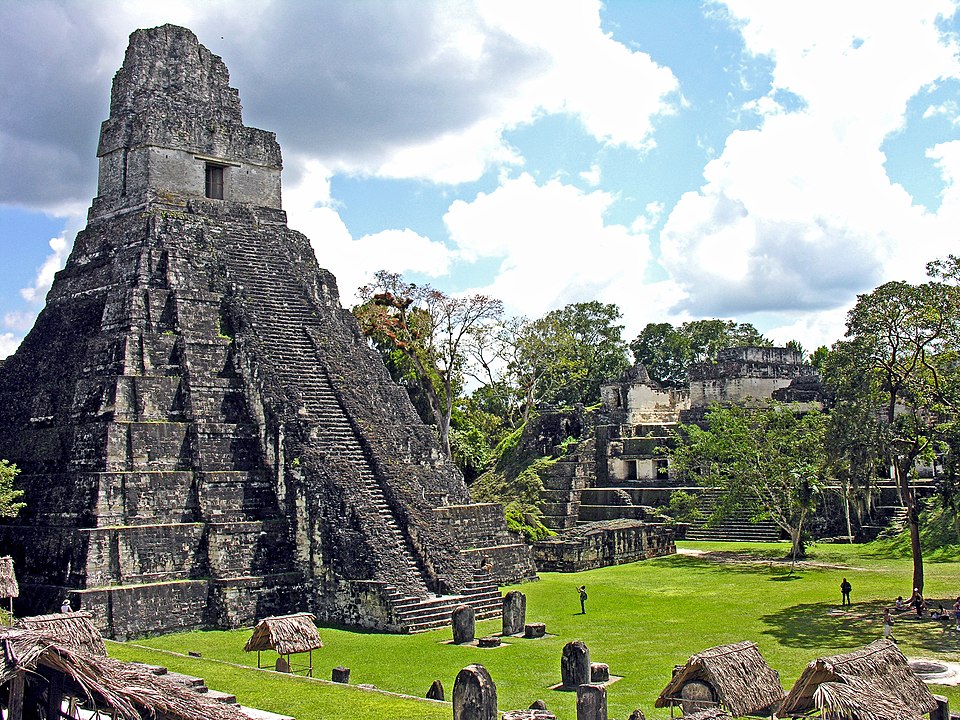
One of the most debated discoveries about the Maya is their sudden and mysterious collapse around 900 CE. While many cities in the southern lowlands were abandoned, northern cities like Chichén Itzá continued to thrive. Recent studies suggest that prolonged droughts, deforestation, and social upheaval played a role in their decline. The Maya collapse remains a fascinating enigma, with new research continually offering insights into the factors that may have contributed to this societal shift.
Maya Trade Networks
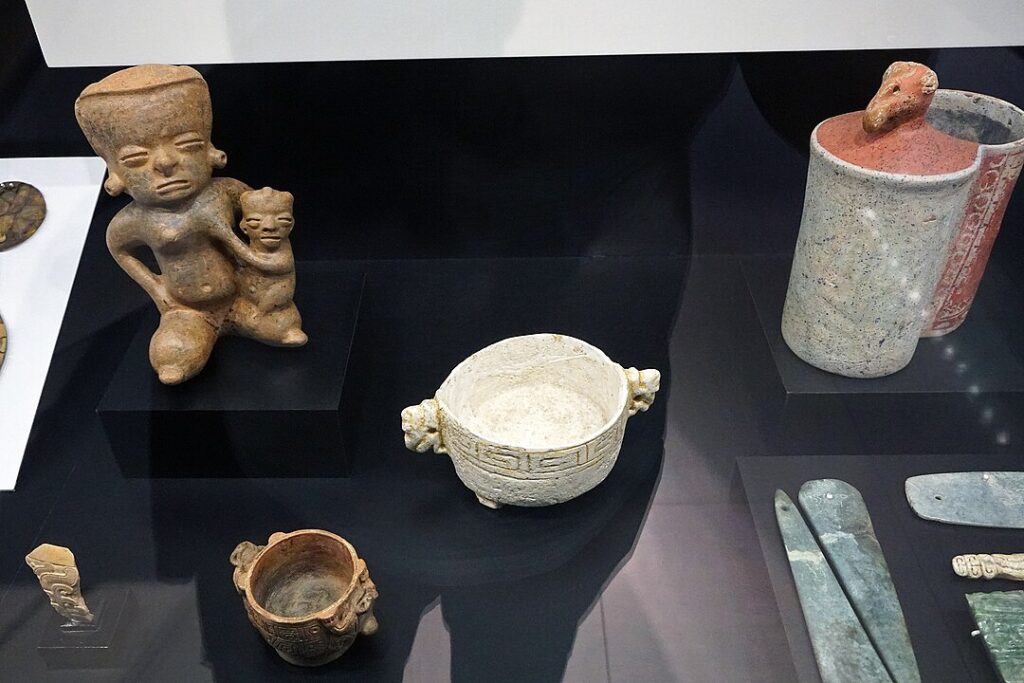
The discovery of trade routes and goods such as jade, obsidian, and cacao in Maya cities has revealed an extensive trade network across Mesoamerica. The Maya engaged in long-distance trade, exchanging luxury items and essential resources with neighboring cultures. These trade networks were vital to the Maya economy and helped to establish their cities as powerful centers of commerce and culture.
The Role of Cenotes
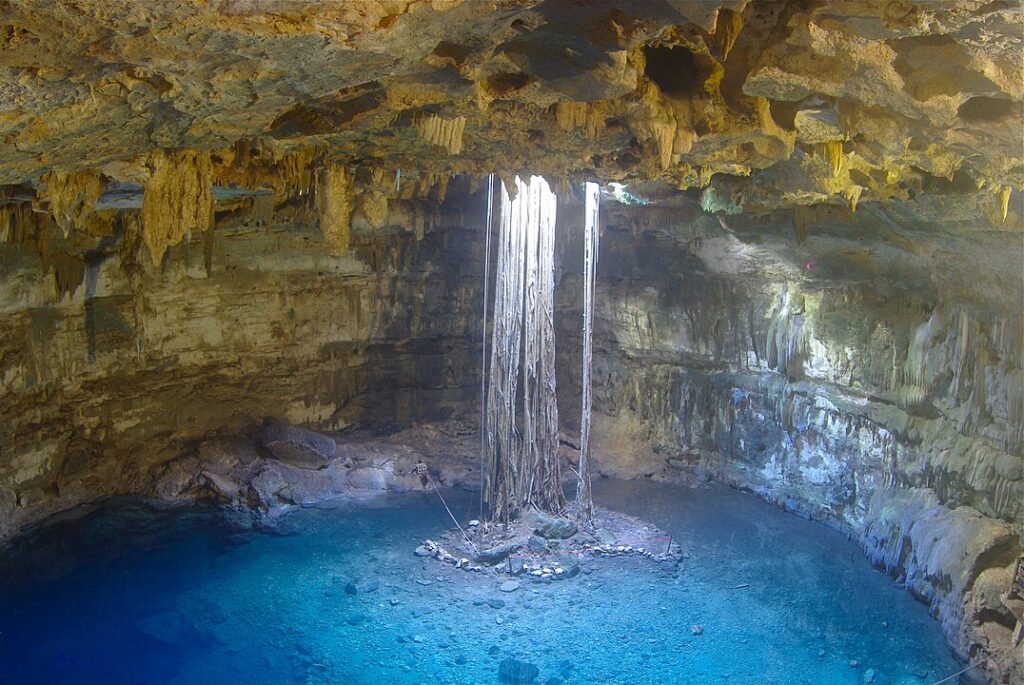
Cenotes, or natural sinkholes, were central to Maya civilization, particularly in the Yucatán Peninsula, where fresh water was scarce. Recent explorations of cenotes, such as the Sacred Cenote at Chichén Itzá, have uncovered offerings like pottery, jade, and human remains, suggesting these locations were used for religious ceremonies and sacrifices to the gods, especially to Chaac, the rain god.
Discovery of Calakmul
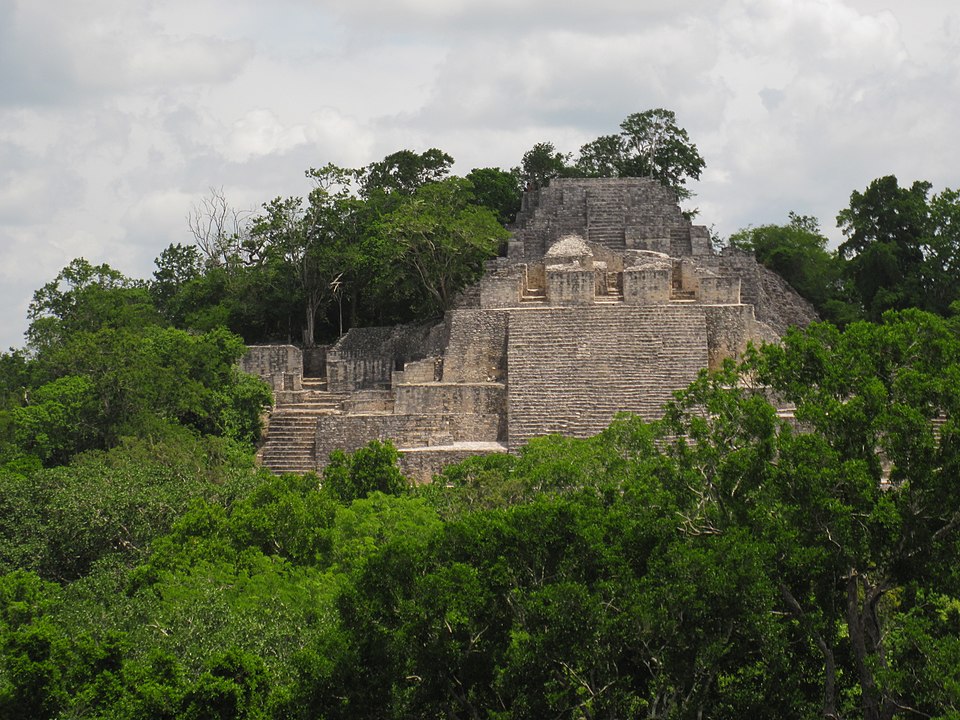
The ancient Maya city of Calakmul, hidden in the jungles of modern-day Mexico, was one of the most powerful Maya cities during the Classic period. The discovery of its monumental architecture, including massive pyramids, reveals the scale and grandeur of the city. Calakmul was a major player in the Maya political landscape, often locked in rivalry with the neighboring city of Tikal.
Maya Medicine and Healing Practices
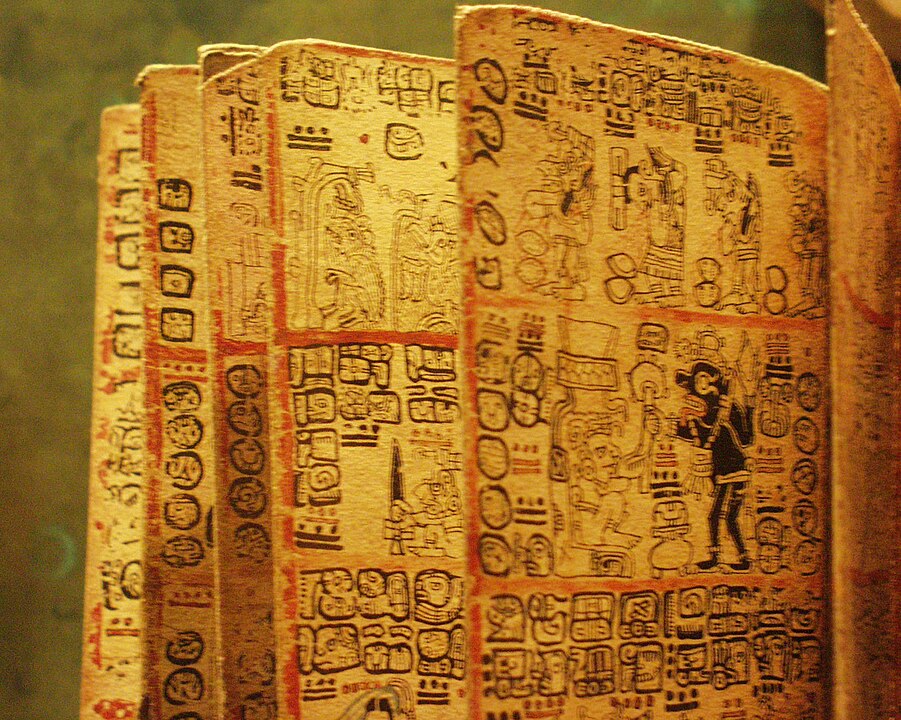
Excavations and research have revealed that the Maya had a sophisticated understanding of medicine and healing. They used plants, herbs, and even surgery to treat various ailments. Recent discoveries of burial sites with evidence of cranial surgery show that the Maya performed trepanation (removal of part of the skull) to treat head injuries, highlighting their advanced medical knowledge.
El Mirador’s ‘La Danta’ Pyramid
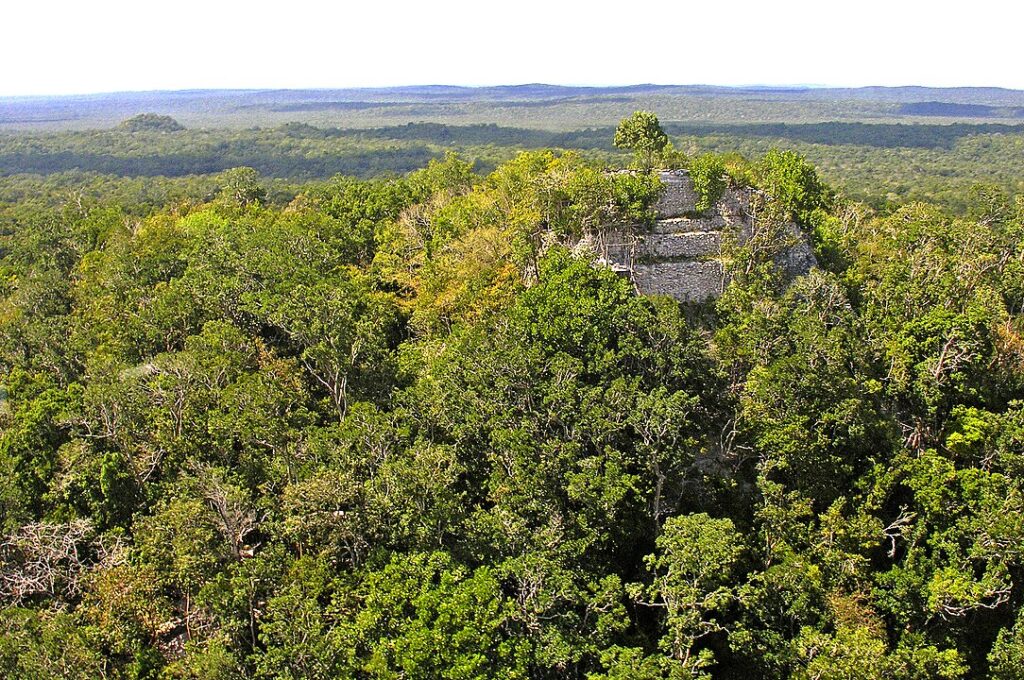
El Mirador, a massive pre-classic Maya city, is home to the ‘La Danta’ pyramid, one of the largest pyramids in the world by volume. This discovery, deep in the Guatemalan rainforest, revealed that early Maya civilizations were capable of building monumental structures long before the classic period. It also underscores the political and religious importance of El Mirador in early Maya culture.
Maya Bloodletting Rituals
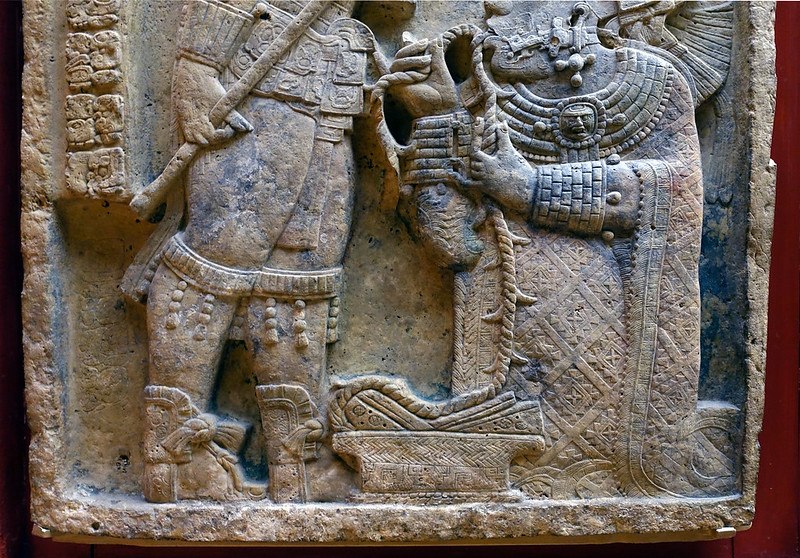
Bloodletting was a central aspect of Maya religion and was believed to communicate with the gods. Discoveries of murals and carvings depict rulers performing bloodletting rituals, often using sharp instruments to draw blood from the tongue or other parts of the body. The Maya believed that offering their blood ensured the continuity of the universe, and these rituals were crucial for maintaining divine favor.
Copán’s Hieroglyphic Stairway
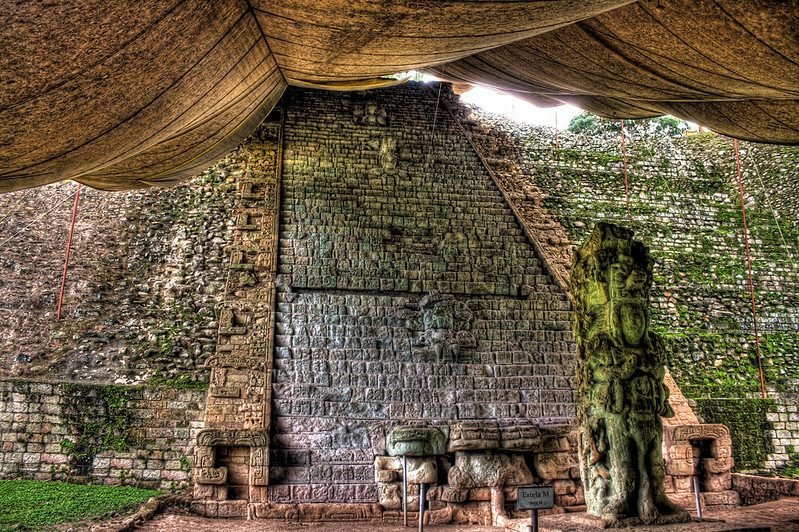
Copán’s Hieroglyphic Stairway is one of the most significant discoveries in Maya archaeology, consisting of 63 steps covered with thousands of glyphs. This monumental staircase tells the history of the rulers of Copán, offering valuable insights into Maya politics and culture. The stairway remains one of the longest historical texts from the ancient world and is a treasure trove of information for researchers.
Discoveries of Ancient Maya Roads
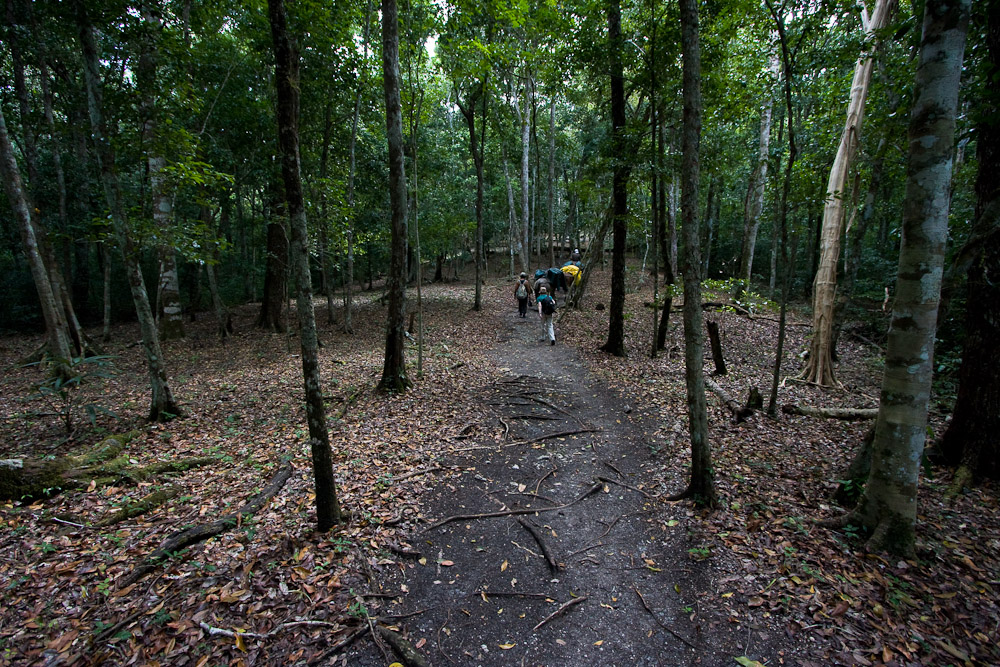
The Maya constructed extensive road networks, known as sacbeob (white roads), to connect cities and important ceremonial centers. Recent LiDAR technology has uncovered new stretches of these roads, some hidden under dense jungle growth. These elevated roads, often made of stone, were a symbol of power and control, facilitating trade, military expeditions, and communication across the Maya world.
The Maya Concept of Zero
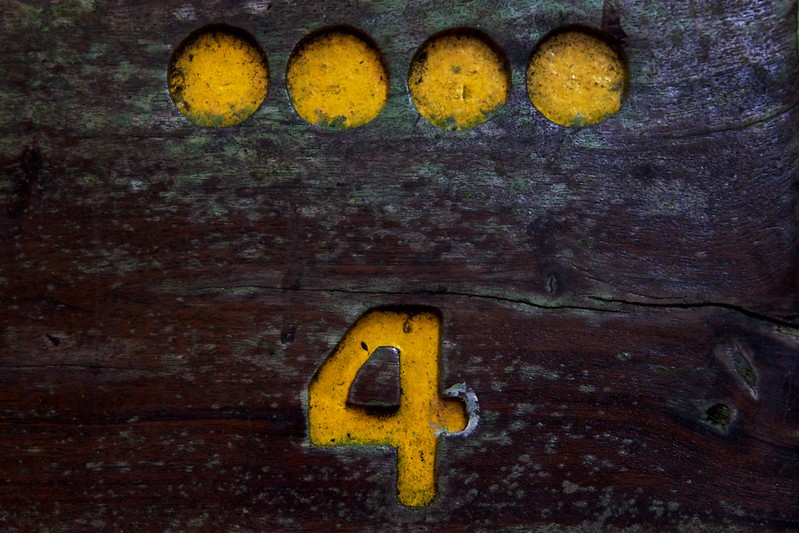
One of the most significant contributions of the Maya to mathematics is their development of the concept of zero. This discovery allowed them to perform complex calculations and develop their intricate calendar system. The Maya were one of the first civilizations in the world to use zero as a placeholder in their vigesimal (base-20) numerical system, demonstrating their advanced mathematical thinking.
The Discovery of Bonampak Murals
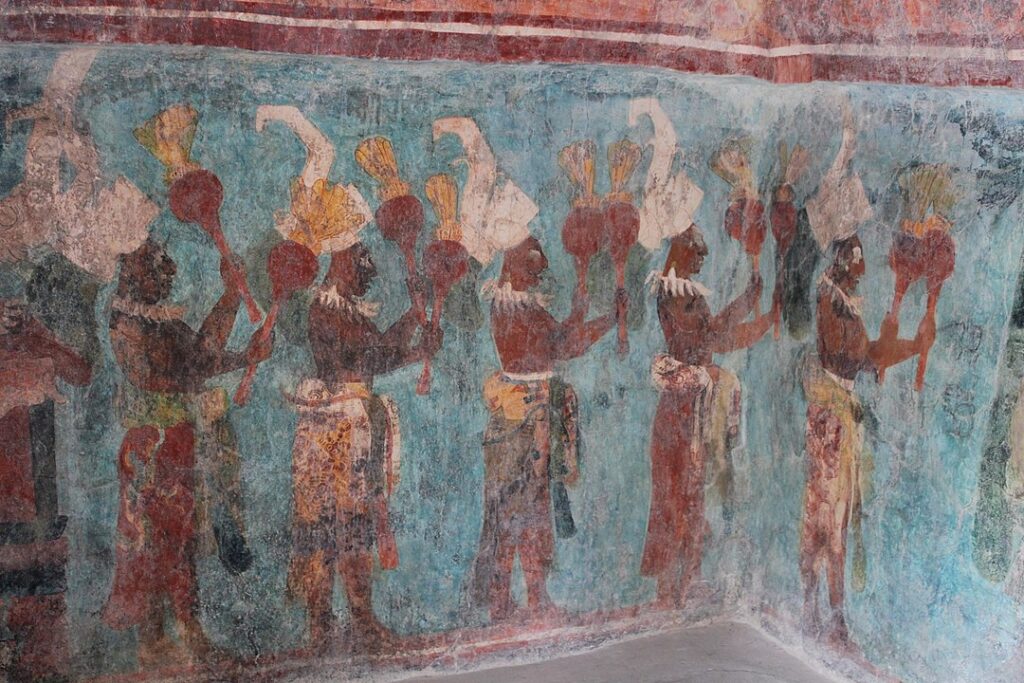
The murals of Bonampak, discovered in the 20th century, provide a vivid depiction of Maya life, warfare, and ceremonies. These well-preserved paintings show detailed scenes of royal rituals, battles, and captives, giving us an unparalleled view of Maya society and the role of the elite. The discovery of these murals has been critical in understanding the social and political dynamics of the Maya civilization.
This article originally appeared on UnifyCosmos.
More from UnifyCosmos
20 Financial Pitfalls to Steer Clear of in Your 40s

This is a crucial decade for building security and preparing for retirement. Avoiding certain financial pitfalls can make a significant difference in your future stability. Here are key financial decisions to steer clear of to ensure a prosperous and stress-free later life. Read more!
18 Unique Ways to Strengthen Relationships

By exploring new ways to connect and support each other, you can build deeper and more meaningful bonds. Here are 18 unique ideas to help you enhance your relationships and create lasting connections. Read more!
20 Common Errors to Avoid When Cooking at Home

These common errors often lead to frustration and disappointment in the kitchen. Avoid these pitfalls to enhance your cooking experience and consistently create delicious dishes. Read more!
Leave a Reply